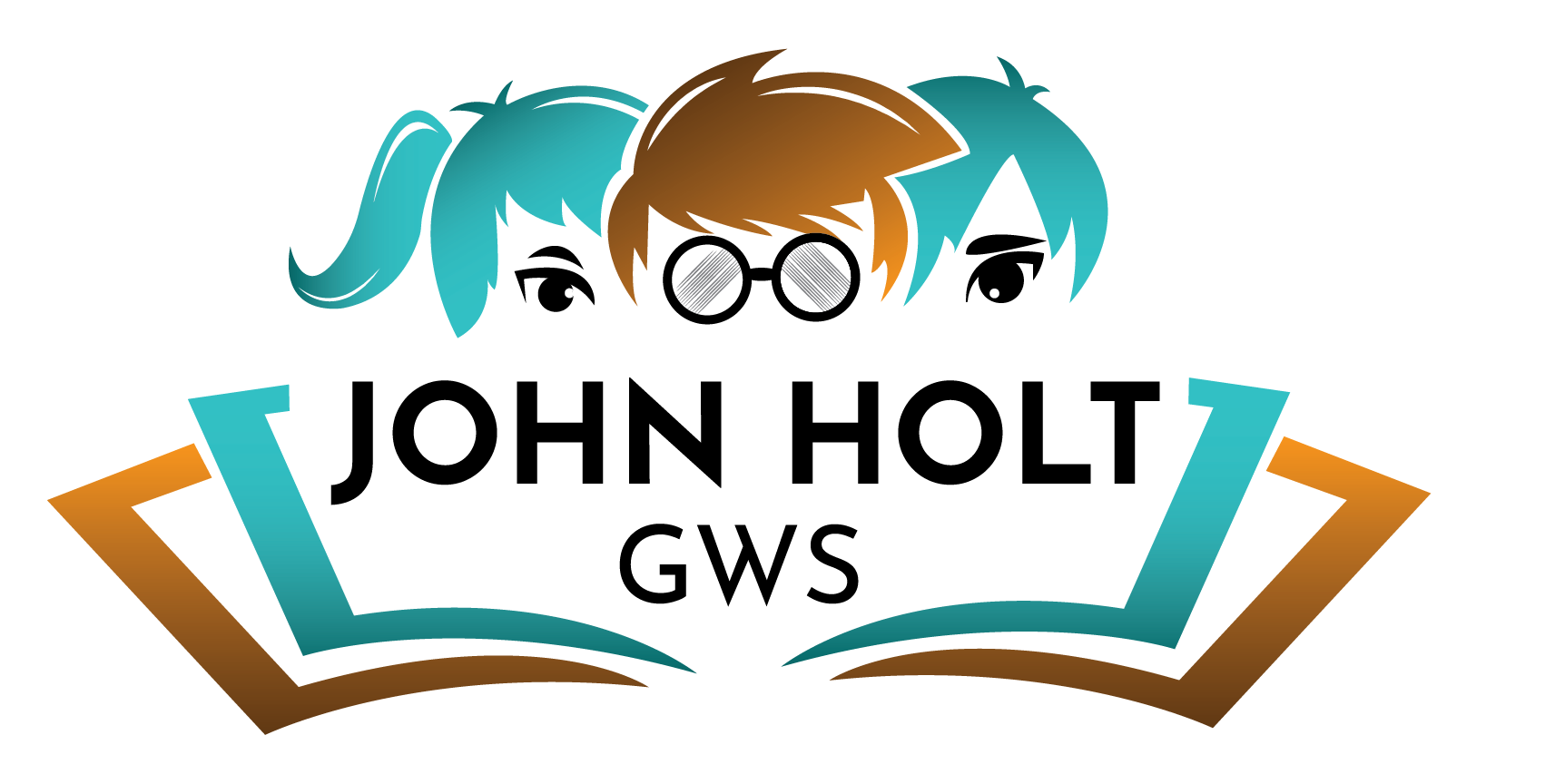Though homeschoolers, particularly unschoolers, emphasize the abilities of children to learn in their own ways there is still a role for parents and adults in their learning. In previous writing to help define and understand this I noted the common saying that "a teacher should not be the sage on the stage, but the guide on the side,” a facilitator of learning. But what does this mean in practice? And how can such an idea be put to use outside of a family?
As I thought about this I began to collect ideas about how teachers can help such learning flourish in and out of the classroom and I outline them in this talk presented to Learning Revolution.com on April 24, 2014. I focus on the work of John Holt, Ivan Illich, and Sugata Mitra and derive two general principles about teaching self-directed learners from each of them. To learn the details I hope you’ll listen to my presentation below, but to summarize and, I hope, tickle your interest, here are the major points from my talk, “What is the role of teacher when children learn on their own?”
John Holt:
Teaching is strong medicine; be careful how, when, and where you administer it.
Learning is the result of the activity of learners, not teachers.
Ivan Illich:
The teacher-student relationship is a special one and should not occupy more than a small part of life.
There are mutual responsibilities in the teacher-student relationship.
Sugata Mitra:
The absence of a teacher is a pedagogical technique.
Encouragement is the important element for teachers to use with self-directed learners, not instruction.
I end my talk by sharing Chris Mercogliano’s 20 Characteristics Of Good Teachers and John Holt’s thoughts from Teach Your Own about what people need to teach their own children; both share a number of good ideas, and John’s list is particularly interesting since, as he notes, “In any case, these are not qualities that can be taught or measured with a test, or certified with a piece of paper.”
